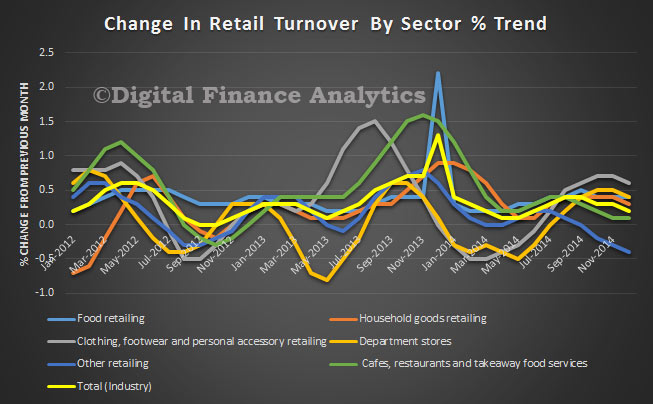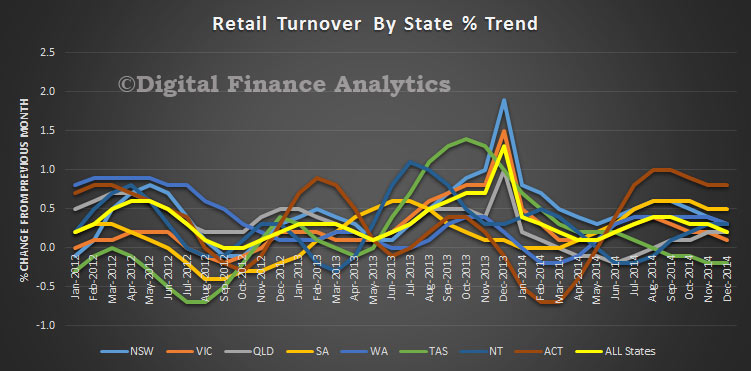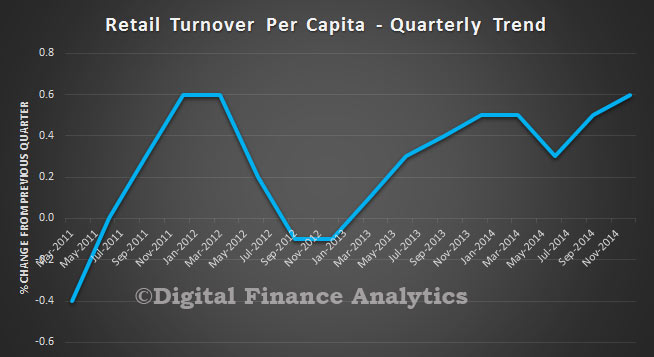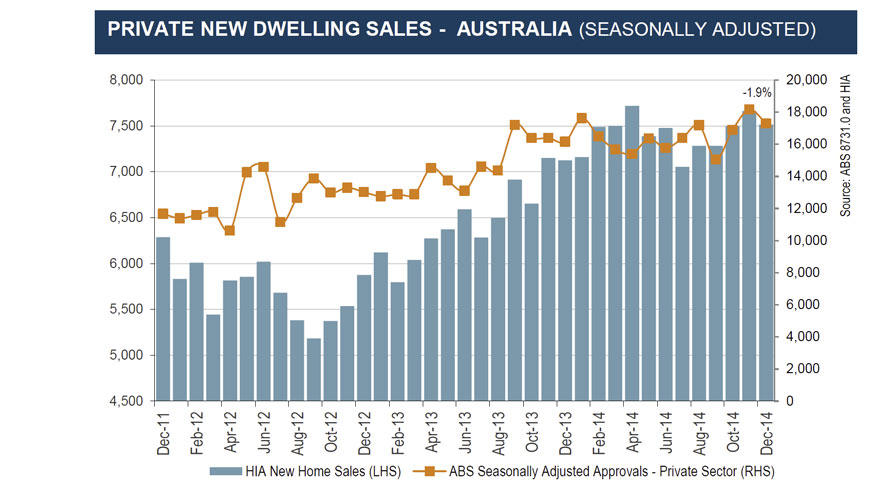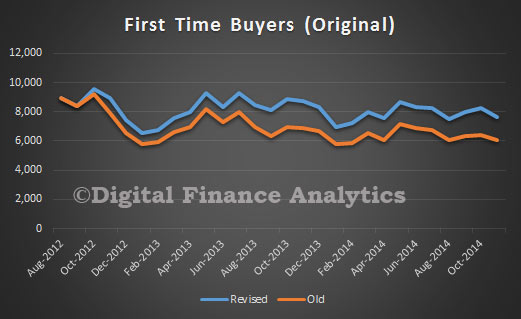Glenn Stevens spoke at the launch yesterday. The launch of a local RMB clearing bank in Australia is an important event. It should make it easier to make RMB for payments, especially for larger transactions. It should establish a more direct connection with the liquidity in RMB which is provided by China’s central bank, the People’s Bank of China (PBC). Next, it will facilitate access to China’s Real-time Gross Settlement System (CNAPS), making it will be easier to track and confirm when payments to China reach their recipients. Finally, as it develops, it has the potential to reduce risks via access to fiduciary accounts structures maintained by the PBC on behalf of its clients. In addition, more broadly, the establishment of an RMB clearing bank underscores the international importance of Sydney as an Asian financial centre and strengthens the bilateral relationships. Now, it is up to local businesses to grasp the opportunity to transact in RMB in Australia.
Today’s events mark an important step in the further development of a local renminbi – or RMB – market. But more than that, they mark one more step in a lengthy and very important journey that has seen the flowering of trade relations between China and Australia, and which promises benefits from the maturing of financial ties.
On its own, the key direct benefit of the official Australian RMB clearing bank is that it can more efficiently facilitate transactions between Australian firms and their mainland Chinese counterparts using the Chinese currency. Bank of China (Sydney)’s ‘official’ status – which was granted by the People’s Bank of China (PBC) – affords it more direct access to the Chinese financial system, with flow-on effects for local financial institutions and their customers.
But an official Australian RMB clearing bank also confers some indirect benefits on the Australian financial sector and its customers, particularly when viewed as one element of a broader range of initiatives.
In particular, the establishment of the clearing bank helps to raise awareness among Australian firms that the local financial system has the capacity to effect cross-border RMB transactions on their behalf. This is important, because over the long run, Chinese firms may increasingly wish their trade with Australian firms to be settled in RMB. To be sure, today the bulk of global trade is settled in US dollars. But with China now a very large trading nation, and continuing to grow into a ‘continental sized’ economy, it would be surprising if at some point we do not see much more use of China’s currency for trade purposes. Already its usage is growing quickly, if only from a small base. So Australian firms and the Australian financial system need to be well prepared.
To that end, the RBA has been directly involved in several initiatives, with the aim in each instance being to ensure that there are mechanisms in place that allow the private sector to increase its use of the Chinese currency as and when it chooses to do so. This of course included the signing of a Memorandum of Understanding with the PBC to enable the establishment of an official RMB clearing bank in Australia, in November last year following the G20 Leaders’ Summit in Brisbane.
In addition, there was the establishment of a bilateral local currency swap line with the PBC in 2012, which is designed to provide confidence to both Chinese and Australian financial institutions that appropriate RMB and AUD liquidity arrangements are in place in the event of dislocation in the market.
More recently, there was the negotiation of a quota to allow financial institutions based in Australia to invest in approved mainland Chinese securities under the Renminbi Qualified Foreign Institutional Investor Scheme – better known as RQFII.
Finally, I note the RBA has invested a small proportion of Australia’s foreign currency reserves in RMB.
Official initiatives like these help to lay the groundwork. But ultimately, the development of an RMB market in Australia will depend on the extent of benefit the private sector sees in using RMB for trade settlement and investment purposes. It is worth noting that private sector-led initiatives are now becoming increasingly important drivers of the RMB market’s development. For example, forums such as the Australia-Hong Kong RMB Trade and Investment Dialogue and the ‘Sydney for RMB’ Working Group are beginning to have a more prominent role in raising awareness of the financial sector’s capacity to conduct RMB business and in identifying any further market development issues that may need to be addressed.

